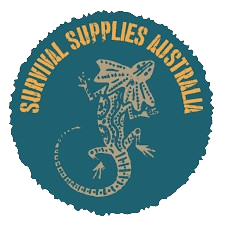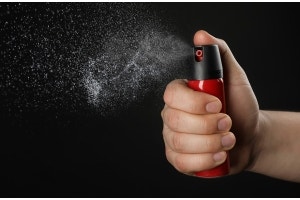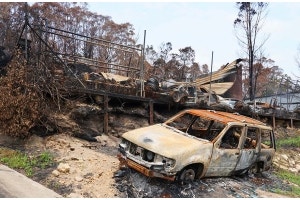
Preparing for a Flood: Essential Tips for Protecting Your Home
Floods are natural disasters that can strike with little warning, causing extensive damage to homes and communities. Being prepared for a flood is crucial to ensure the safety of your family and the protection of your property. In this blog, we will discuss essential tips for preparing for a flood, including creating an emergency plan, fortifying your home, and assembling an emergency kit.
Stay Informed
Before a flood occurs, it's essential to stay informed about local weather conditions and flood warnings. Monitor your local news, radio, or weather apps for updates from meteorological authorities and emergency services. Sign up for weather alerts and notifications in your area to receive timely information about potential floods.
Create an Emergency Plan
Developing a comprehensive flood emergency plan is crucial to ensure the safety of your family. Here's what you should include in your plan:
- Evacuation routes: Identify multiple routes to higher ground or designated emergency shelters, and make sure all family members know these routes.
- Communication: Establish a communication plan, including an out-of-town contact person, and ensure every family member has a way to stay in touch.
- Emergency contacts: Compile a list of emergency contacts, such as local emergency services, neighbours, and family members.
- Special considerations: Consider the needs of family members with disabilities, elderly family members, and pets when creating your plan.
Prepare Your Home
Protecting your home from flood damage is a critical aspect of preparation. Here are some steps you can take:
- Elevate utilities: Raise electrical systems, heating, ventilation, and air conditioning equipment, as well as water heaters, above the base flood elevation in your area.
- Waterproofing: Invest in waterproofing measures like sealing basement walls, installing sump pumps, and elevating appliances and furniture.
- Sandbags: Stock up on sandbags to create barriers around your home to prevent water from entering.
- Flood barriers: Consider installing permanent or temporary flood barriers, such as flood walls or barriers, if you live in a high-risk area. Sandless sand bags like Floodsax stores flat and are activated by water.
- Gutters and downspouts: Ensure they are clear of debris and direct water away from your home's foundation.
Assemble an Emergency Kit
A well-prepared emergency kit can make a significant difference during a flood. Your kit should include the following items:
- Non-perishable food and water for at least three days.
- First aid supplies, medications, and medical supplies.
- Flashlights with extra batteries.
- Portable radio for weather updates.
- Clothing and blankets.
- Personal hygiene items.
- Important documents (ID, insurance, medical records, etc.) in a waterproof container.
- Cash
- Tools and equipment for emergency repairs.
Evacuation
If local authorities issue an evacuation order, it's crucial to act swiftly. Follow your established evacuation routes, and take your emergency kit, important documents, and pets with you. Stay informed about road closures and changing conditions as you evacuate.
Preparing for a flood requires a combination of information, planning, and action. By staying informed, creating a comprehensive emergency plan, protecting your home, and assembling an emergency kit, you can significantly improve your family's safety during a flood. Remember to remain vigilant, listen to local authorities, and take swift action when flood warnings are issued. Being prepared can make all the difference in minimising damage and ensuring the well-being of your loved ones.








